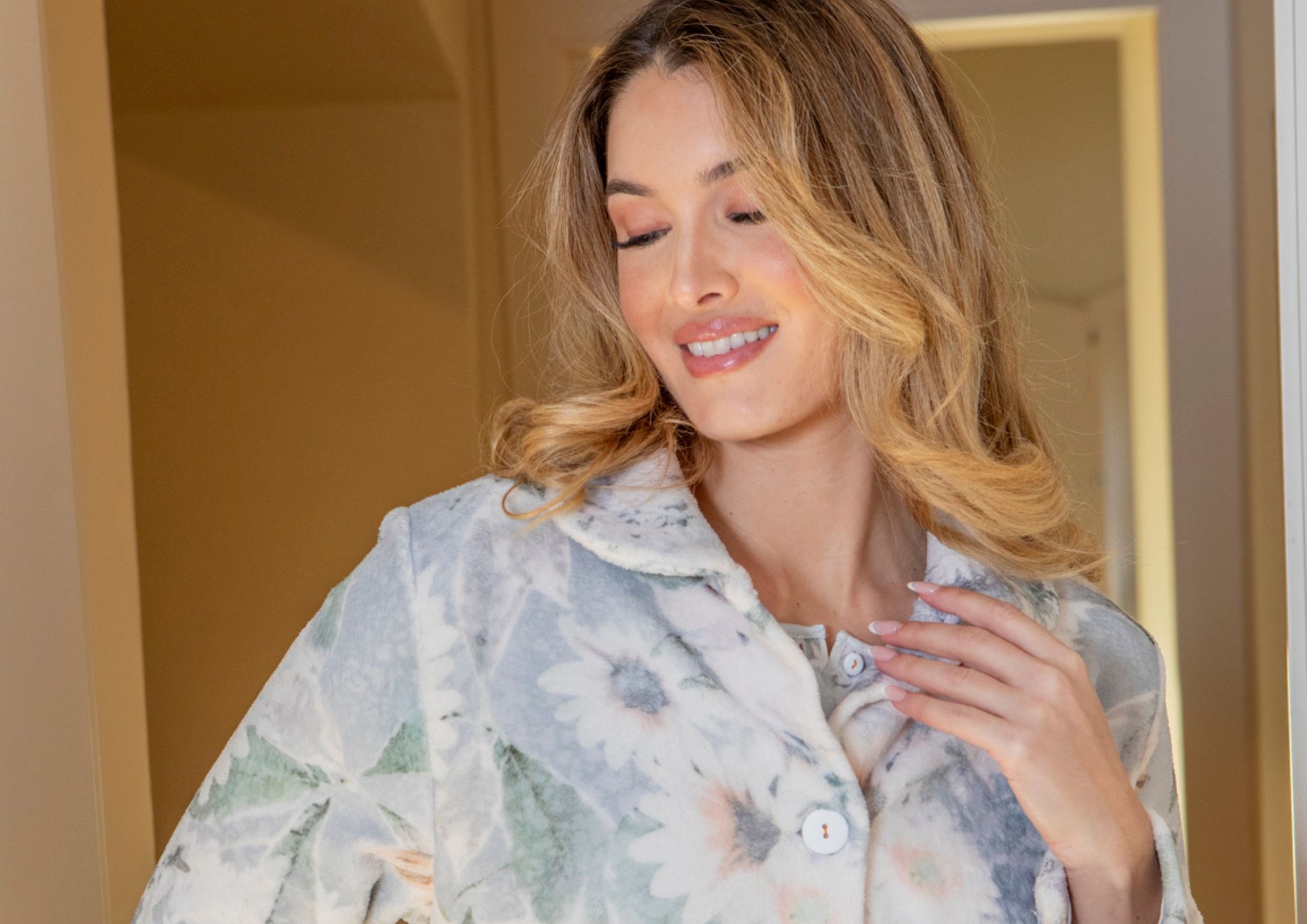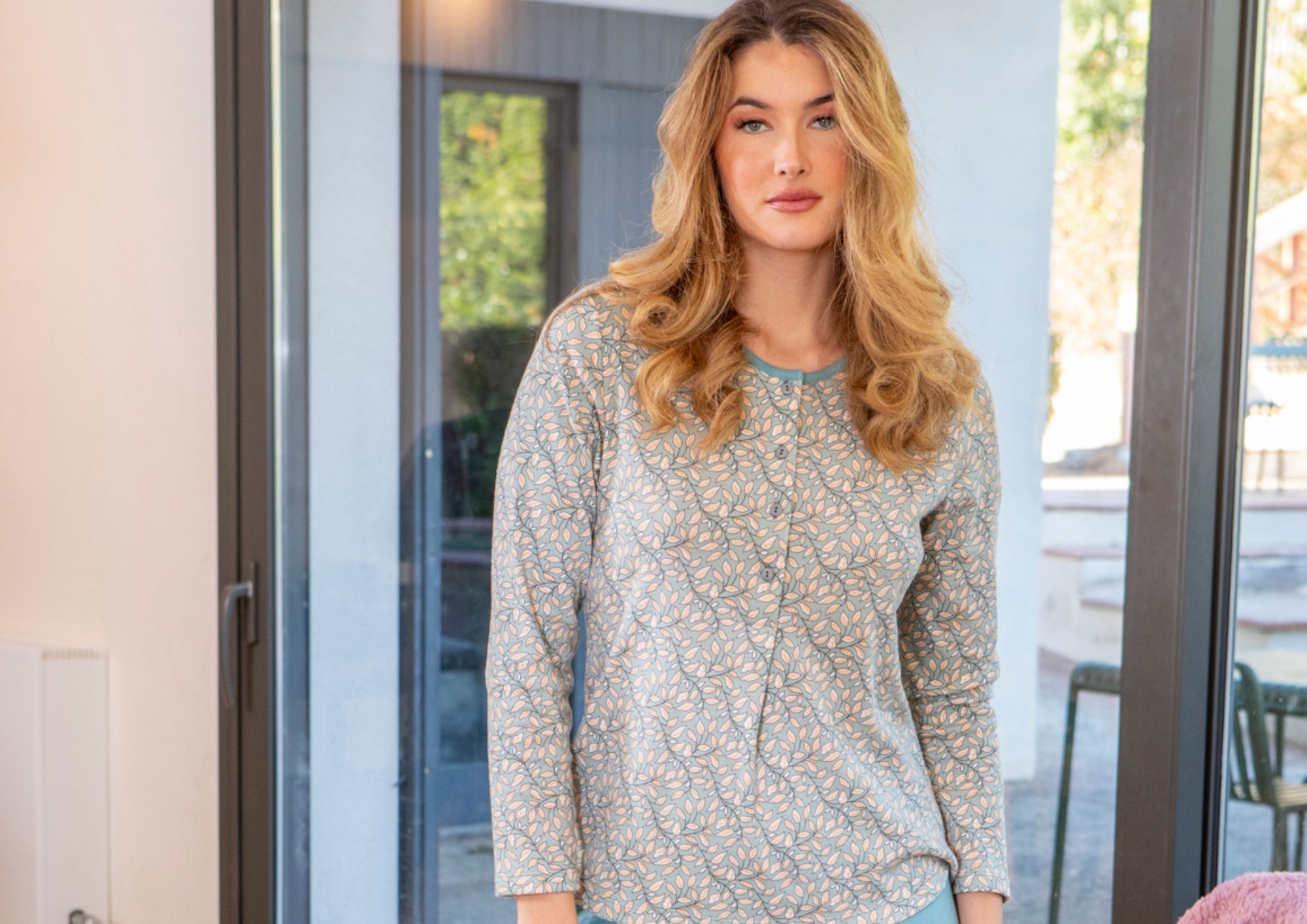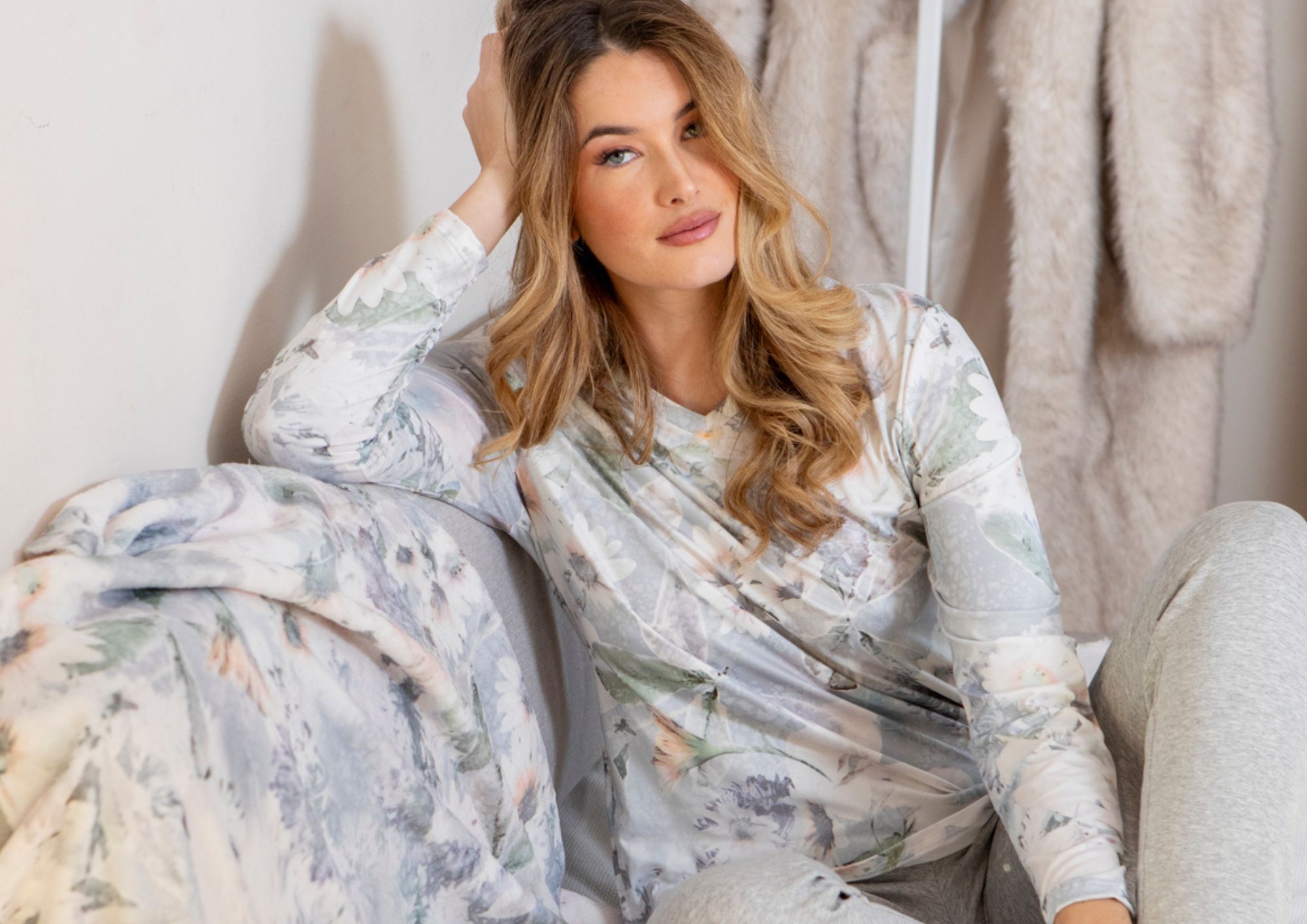Innovation and diversity in design: How fashion is expanding to include all sizes and shapes
In recent years, fashion has undergone a major revolution, driven by the demand for greater inclusivity.
Consumers are no longer just looking for pretty or fashionable clothes; they also want clothes that fit their bodies, regardless of their size, shape or proportions. Faced with this growing demand, women's clothing manufacturers They have had to adapt, rethinking their design, production and marketing processes.
Once a small niche, inclusive fashion is now at the center of the industry conversation, and manufacturers that fail to respond to this new reality risk being left behind.

Expanding the size range
One of the most noticeable changes in how women’s clothing manufacturers are adapting to inclusive fashion is the expansion of available sizes. For many years, mainstream fashion focused primarily on standard sizes, leaving out millions of women who didn’t fit within those boundaries.
Today, consumers expect brands to offer a wider range of sizes, spanning from the smallest to the largest. For many brands, this has required a complete restructuring of their design approach.
Garments must be created with different body types in mind, which involves adjusting proportions, making sure fabrics and patterns work well on a variety of shapes, and extensive fittings to ensure a comfortable and flattering fit. women's clothing manufacturers Those who have successfully adapted to this demand recognize that it is not just about making larger clothes, but about creating garments that look good and work well in all sizes.
Innovation in materials
Inclusive fashion isn’t just about expanding sizes; it’s also about innovation in the materials used. Women’s clothing manufacturers are investing in more flexible, breathable and comfortable fabrics that adapt to different body types. Stretchy fabrics, such as spandex or Lycra, allow garments to fit better, offering more comfort without sacrificing style.
In addition, there is a greater emphasis on materials that promote comfort, especially in garments such as jeans, dresses and underwear.
Many women, regardless of their size, are looking for clothing that not only looks good, but is also comfortable to wear all day long. Women's clothing manufacturers are responding to this demand by developing textiles that strike a balance between aesthetics and functionality, such as fabrics that allow freedom of movement without losing their shape.
Diversity in design
Another significant change is the incorporation of greater diversity in styles and designs.
Previously, many brands limited their plus-size collections to simpler or less risky styles, leaving many consumers feeling excluded from fashion trends.
Now, the women's clothing manufacturers They are recognizing that inclusive fashion doesn't have to be boring or basic.
Many brands are offering full collections with a wide variety of styles, colors and patterns, allowing women of all sizes to express themselves through their clothing.
From haute couture to casual wear, manufacturers are working to ensure that trends are available to all women, regardless of their size. This includes everything from sportswear to formal fashion, with special attention to details that enhance the figure and increase the confidence of the wearer.

Inclusivity in marketing campaigns
Women's clothing manufacturers' adaptation to the demand for inclusive fashion is not limited to the garments themselves; it is also reflected in their marketing campaigns.
Female consumers want to see models who look like them in terms of size, shape and proportions. This has led to an increase in the diversity of models used in fashion advertising campaigns, with brands now featuring women of different ages, races and sizes.
Showing this diversity not only sends a positive message of acceptance, but it also reinforces the idea that clothing is designed for all women, not just a standardized beauty ideal. Manufacturers are learning that women want to feel represented by the brands they choose, and those that take an inclusive approach to their marketing tend to attract a broader, more loyal clientele.
Sustainable and inclusive production
Another important aspect of how the women's clothing manufacturers are embracing inclusive fashion is their commitment to sustainability. Producing clothing in a wide range of sizes requires more materials and resources, but many brands are finding ways to balance inclusivity with environmental responsibility.
This means working with recycled materials, reducing waste in production, and using efficient design technologies that optimize the use of fabrics. By adopting sustainable practices, women’s clothing manufacturers are not only responding to the demand for inclusivity, but also to growing concerns about the environmental impact of the fashion industry. This helps to improve the brand’s image and attract conscious consumers who value both inclusivity and sustainability.

The demand for inclusive fashion has transformed the industry, and womenswear manufacturers are responding with creativity and innovation.
By expanding available sizes, improving materials, diversifying designs, and adopting more inclusive marketing campaigns, these manufacturers are proving that fashion can and should be accessible to all women. Inclusive fashion is not only here to stay; it represents a new standard for how brands should operate to reflect the diversity and real needs of their customers.

